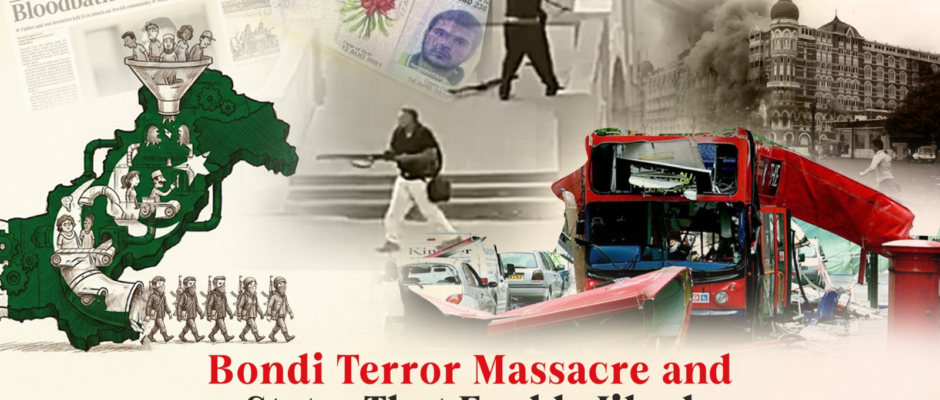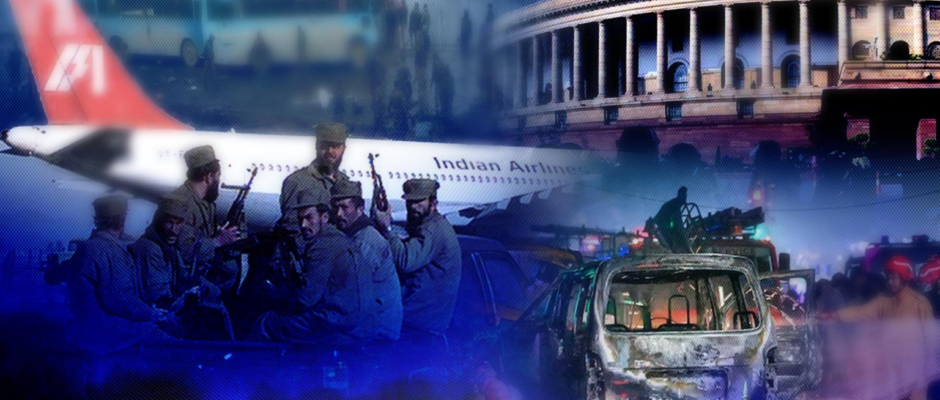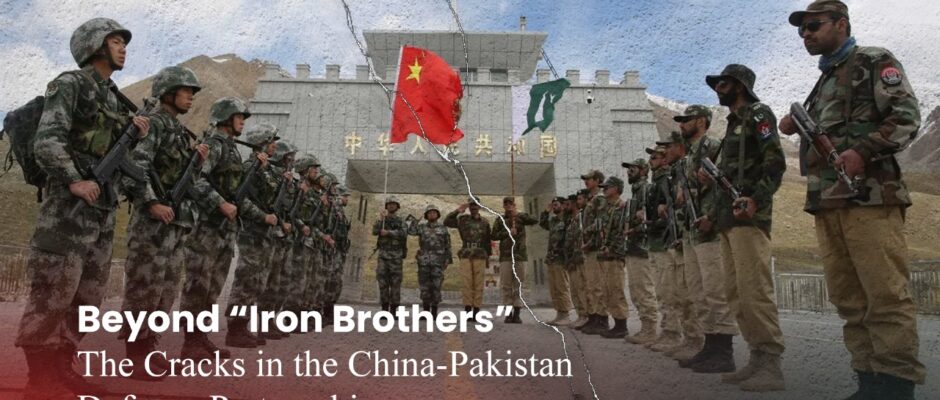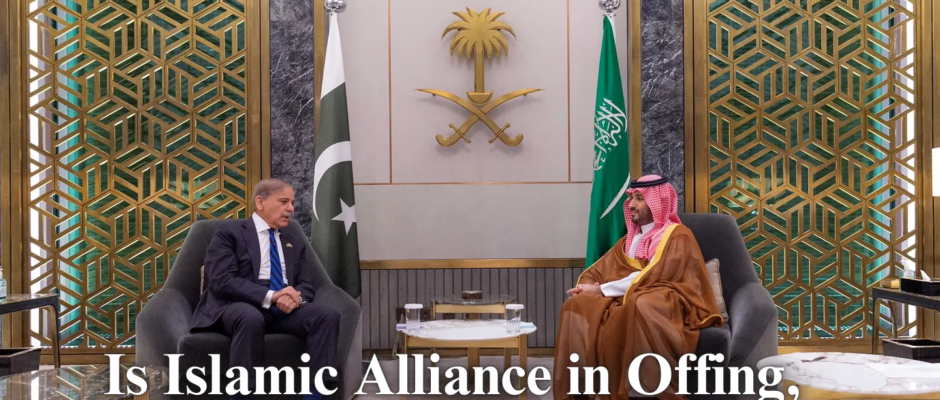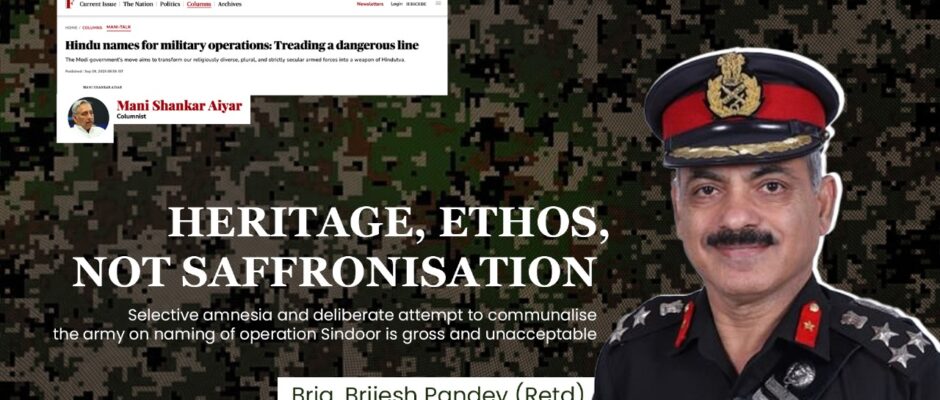
Bangladesh’s self-goal: tilt to Pakistan
Jamat e Islami and Muhammed Yunus seek to shape Bangladesh into politically radical Islamic nation and threaten its Bengali Identity N. C. Bipindra During a 1955 debate in Pakistan’s Second Constituent Assembly on whether the eastern province should be called East Bengal or East Pakistan, Sheikh Mujibur Rahman said, “We have demanded so many times that you should use East Bengal instead of East Pakistan. The word Bengal has a history and a tradition of its own.” Today, Bangladeshis share Sheikh Mujibur Rehman’s sentiments: Bengali is their ethnicity and Bangladesh is their nation. In fact, Bangladesh’s formation in 1971 was built on Bengali nationalism spearheaded by Sheikh Mujibur Rehman, the Father of Bangladesh. In August 2024, during uprising that led to ouster of Prime Minister Sheikh Hasina, radical Islamic groups with an affinity to Pakistan were unleashed under the garb of student protests who attempted to vandalise the legacy of true hero of Bangla identity Sheikh Mujibur. The same Sheikh Mujiibur who was hailed as greatest Bengali of all time ahead of Rabindranath Tagore by BBC Bengali Language Service Survey, about whom Cuban leader Fidel Castro once said, “I have not seen the Himalayas. But I have seen Sheikh Mujib.” Pakistan has historically rejoiced vandalism of Bengali identity (in fact, any identity other than their own). Urdu-speaking Pakistanis, who hate local languages including Punjabi or Sindhi, have neither sympathy nor commonality with Bengali culture, language, or societal beliefs. Since partition in 1947, the policies and outlook of Pakistan have been indifferent, irrational and mired in hatred for Bengali identity of Bangladesh. The entire world took note of utter neglect and callous treatment meted out to East Pakistan (now Bangladesh) in aftermath of cyclone Bhola in 1970 by the Pakistani central government. To date, the aid that was promised by Pakistan to East Pakistan has not been transferred. Rather than offering a nursing hand, a year later, Pakistan launched terror on the streets of Bangladesh under Operation Searchlight. The horror of ‘Operation Searchlight’ undertaken by Pakistani military on March 25, 1971, to crush Bengali nationalist movement after Awami League won a majority in the general elections is still fresh and painful for the conscience of Bengali people. The stark and ignoble truth about Pakistan’s genocide in Bangladesh is that it was a conscious military policy steered at the government level to undermine Bengali society and in some cases attempt to change Bengali gene pool. For over 52 years, Pakistan has neither established nor attempted open, direct, people-to-people connections with those inside Bangladesh who support Bangla nationalism. Of the hundreds of cuts inflicted by Pakistan on Bangladesh, the most noticeable is an ongoing attempt at systemic erosion of Bangla identity and its replacement with the ideology of political Islam, which is the basis of governance in Pakistan. The underlying role of Jamat e Islami, a radical organisation which was banned in 2013 (and such other organisations), is hard to miss in the ouster of a democratically elected government in 2024. No wonder Jamat e Islami has found favour with Bangladesh’s current interim administration under Muhammed Yunus, who lifted the ban on the radical organisation. While other Islamist militant groups in Bangladesh do have connections with Pakistan, since 1971, Jamaat-e-Islami Bangladesh has been Pakistan’s true friend and partner. These radical Islamic groups have left no stone unturned to shred the fabric of Bangla identity and colour the whole of Bangladesh in politically radicalised Islam. Therefore, people of Bangladesh need to view Pakistan’s recent warming to Bangladesh through a historic and nationalistic lens. The recent developments coincide with an unusual wave of military and diplomatic engagement between Bangladesh and Pakistan, marked by the visit of Pakistan’s Navy Chief to Dhaka and the first docking of a Pakistani naval vessel at Chattogram port since 1971. Bangladesh, at this stage, must remember and side with friends who were steadfast with them through their biggest economic transformation and offered a helping hand in times of crisis. The more Bangladesh leans towards becoming Pakistan-like in text and tenor, its economy will further tank. Radicalism and a healthy economy simply cannot coexist. Over the past year alone, Bangladesh’s GDP growth has fallen from a flying 6.1% to crawling 3.76%. A year ago, Bangladesh’s growth was comparable to India’s and China’s and was considered one of the enterprising economies in Asia. Bangladesh must understand that Pakistan, which is mired with deep corruption, radicalism, a struggling economy, and is often part of the FATF ‘grey list’ and is home to most of the recognised terrorist organisations in the world, and works as a puppet state to China, cannot assist Bangladesh in any meaningful way. On the contrary, Bangladesh must seek a rational division of the pre-1971 assets of the state of Pakistan, and the aid that was promised in the aftermath of Cyclone Bhola. The evidence conclusively indicates that the recent shift in Bangladesh–Pakistan relations would further push political instability in Bangladesh, foster political Islam, provoke conflicts along shared borders, and, most importantly, pose a threat to the Bangla identity, which is the basis of the foundation of Bangladesh. Additionally, fondness towards Pakistan would dent Bangladesh’s image at world forums. Friendship with a failing (failed) state like Pakistan cannot bring more than this. The world has faith in Bangladesh; that Bangladesh would learn its lessons from history, as exact events of 1971 may not repeat themselves, but they may rhyme. Georg Hegel, a German philosopher, once said, “What experience and history teach is that nations and governments have never learned anything from history or acted upon any lessons they might have drawn from it.” This now sounds true and apt for Bangladesh’s recent shift towards Pakistan. (Author is Chairman, Law and Society Alliance, a New Delhi-based think tank, and guest columnist with CIHS)

